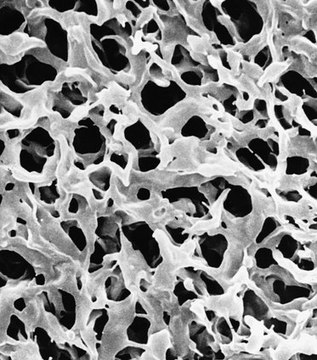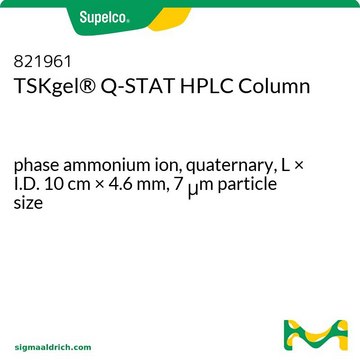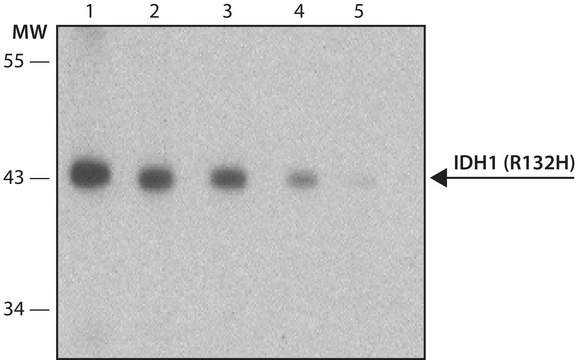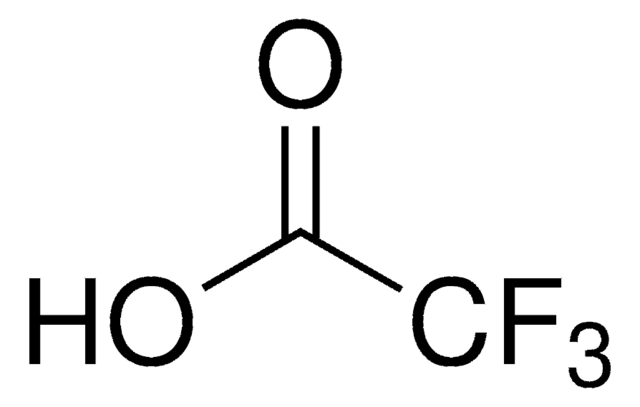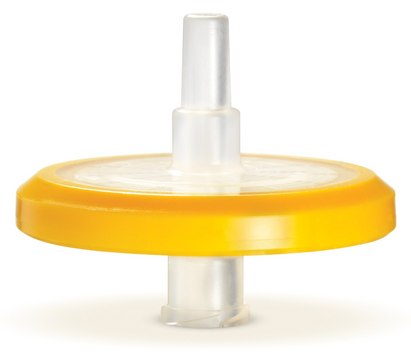MAB4092
Anti-P-Selectin Glycoprotein Ligand-1 Antibody, clone KPL-1
clone KPL-1, Chemicon®, from mouse
Synonym(s):
PSGL-1, CD162
About This Item
Recommended Products
biological source
mouse
Quality Level
antibody form
purified immunoglobulin
antibody product type
primary antibodies
clone
KPL-1, monoclonal
species reactivity
human
should not react with
rat (Snapp, KR et al 1998; Baisse, B et al 2007), pig (Snapp, KR et al 1998; Baisse, B et al 2007), bovine (Snapp, KR et al 1998; Baisse, B et al 2007), equine (Snapp, KR et al 1998; Baisse, B et al 2007)
manufacturer/tradename
Chemicon®
technique(s)
flow cytometry: suitable
immunohistochemistry (formalin-fixed, paraffin-embedded sections): suitable
immunoprecipitation (IP): suitable
western blot: suitable
isotype
IgG1κ
NCBI accession no.
UniProt accession no.
shipped in
wet ice
target post-translational modification
unmodified
Gene Information
human ... SELPLG(6404)
General description
Specificity
Immunogen
Application
Inflammation & Immunology
Inflammation & Autoimmune Mechanisms
FACS {Snapp, KR et al 1998}.
Immunoprecipitation: 0.5% triton X-100 in TBS with proteinase inhibitors; 5 µg/500µL of whole cell lysate (350-500mg/mL total protein).
Functional blocking of P-selectin {Snapp KR et al 1998}.
Immunohistochemistry: Fresh frozen, acetone fixed sections
Immunohistochemistry in paraffin embedded tissues: formalin fixed, pretreatment standard citric acid pH 6.0, microwave treatment is recommended 1:50-1:200
Optimal working dilutions must be determined by the end user.
Physical form
Storage and Stability
Other Notes
Legal Information
Disclaimer
Not finding the right product?
Try our Product Selector Tool.
Storage Class Code
10 - Combustible liquids
WGK
WGK 2
Flash Point(F)
Not applicable
Flash Point(C)
Not applicable
Certificates of Analysis (COA)
Search for Certificates of Analysis (COA) by entering the products Lot/Batch Number. Lot and Batch Numbers can be found on a product’s label following the words ‘Lot’ or ‘Batch’.
Already Own This Product?
Find documentation for the products that you have recently purchased in the Document Library.
Our team of scientists has experience in all areas of research including Life Science, Material Science, Chemical Synthesis, Chromatography, Analytical and many others.
Contact Technical Service


